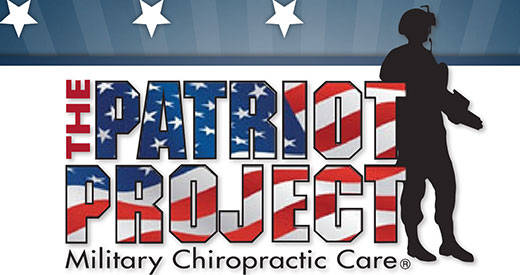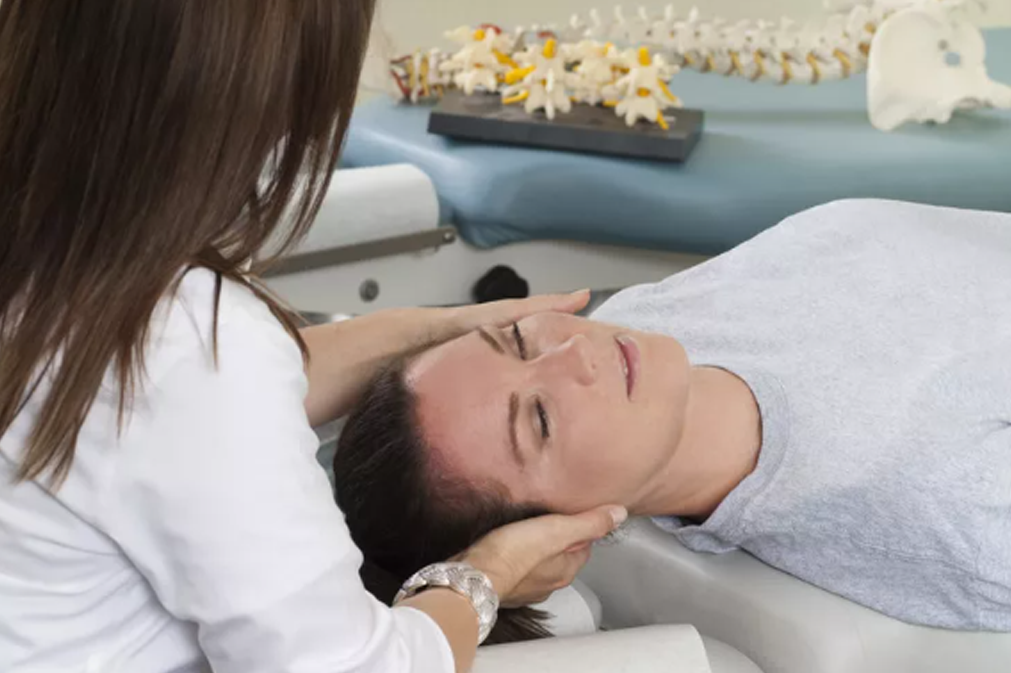Use of Non-Pharmacological Pain Treatment Modalities Among Veterans with Chronic Pain:
SOURCE: J Gen Intern Med. 2018 (May); 33 (Sup 1): 54–60
Sara N. Edmond, Ph.D., William C. Becker, M.D., Mary A. Driscoll, Ph.D., Suzanne E. Decker, Ph.D., Diana M. Higgins, Ph.D., Kristin M. Mattocks, Ph.D., M.P.H., Robert D. Kerns, Ph.D., and Sally G. Haskell, M.D.
Pain Research, Informatics, Multimorbidities, and Education (PRIME) Center/11ACSLG,
VA Connecticut Healthcare System,
950 Campbell Avenue, West Haven, CT, 06516, USA.
BACKGROUND: Despite strong evidence for the effectiveness of non-pharmacological pain treatment modalities (NPMs), little is known about the prevalence or correlates of NPM use.
OBJECTIVE: This study examined rates and correlates of NPM use in a sample of veterans who served during recent conflicts.
DESIGN: We examined rates and demographic and clinical correlates of self-reported NPM use (operationalized as psychological/behavioral therapies, exercise/movement therapies, and manual therapies). We calculated descriptive statistics and examined bivariate associations and multivariable associations using logistic regression.
PARTICIPANTS: Participants were 460 veterans endorsing pain lasting ≥ 3 months who completed the baseline survey of the Women Veterans Cohort Study (response rate 7.7%.
MAIN MEASURES: Outcome was self-reported use of NPMs in the past 12 months.
KEY RESULTS: Veterans were 33.76 years old (SD = 10.72), 56.3% female, and 80.2% White. Regarding NPM use,
50.9% used exercise/movement and
51.7% used manual therapies.
Veterans with a college degree (vs. no degree; OR = 2.51, 95% CI = 1.46, 4.30, p = 0.001) or those with worse mental health symptoms (OR = 2.88, 95% CI = 2.11, 3.93, p < 0.001) were more likely to use psychological/behavioral therapies.
Veterans who were female (OR = 0.63, 95% CI = 0.43, 0.93, p = 0.02) or who used non-opioid pain medications (OR = 1.82, 95% CI = 1.146, 2.84, p = 0.009) were more likely to use exercise/movement therapies.
Veterans who were non-White (OR = 0.57, 95% CI = 0.5, 0.94, p = 0.03), with greater educational attainment (OR = 2.11, 95% CI = 1.42, 3.15, p < 0.001), or who used non-opioid pain medication (OR = 1.71, 95% CI = 1.09, 2.68, p = 0.02) were more likely to use manual therapies.
There are more articles like this @ our:
CONCLUSIONS: Results identified demographic and clinical characteristics among different NPMs, which may indicate differences in veteran treatment preferences or provider referral patterns. Further study of provider referral patterns and veteran treatment preferences is needed to inform interventions to increase NPM utilization. Research is also need to identify demographic and clinical correlates of clinical outcomes related to NPM use.
From the FULL TEXT Article:
INTRODUCTION
Chronic pain is a major public health problem affecting approximately 100 million Americans [1] and U.S. military veterans who are a particularly vulnerable group: [2] up to 50% of male veterans [3] and 78% of female veterans [4] presenting to VHA primary care settings report chronic pain. Pain is one of the most common presenting complaints of Operation Enduring Freedom/Operation Iraqi Freedom/Operation New Dawn (OEF/OIF/OND) veterans treated in the Veterans Health Administration (VHA). [5] Veterans from this era have higher rates of pain than non-veterans of similar ages, than veterans from other eras, and than a representative sample of U.S. adults. [2, 5–8]
Citing efforts to improve pain management and address the opioid crisis, the Department of Veterans Affairs and Department of Defense (VA/DoD) Clinical Practice Guideline, [9] Centers for Disease Control (CDC) Guideline for Prescribing Opioids for Chronic Pain, [10], and National Pain Strategy (NPS) [11] have highlighted the importance of multimodal treatment for chronic pain including non-pharmacological pain treatment modalities (NPMs). The recent VHA State-Of-The-Art (SOTA) Conference, “Non-pharmacological approaches to chronic musculoskeletal pain management,” identified a range of NPMs as having sufficient evidence of effectiveness to encourage their routine availability in VHA. The SOTA Conference [12] also categorized NPMs into three groups: psychological/behavioral (cognitive-behavioral therapy, acceptance and commitment therapy, mindfulness-based stress reduction), exercise/movement (physical therapy, structured exercise, tai chi, yoga), and manual (acupuncture, chiropractic/spinal manipulation, massage; which could also be categorized as passive approaches) therapies. [12]
Despite guidance recommending a multimodal approach, along with substantial evidence for the effectiveness of some NPMs, [13–20] over the past decade, opioid medications have often been used as a primary treatment modality for chronic pain. [9] As opioids have been linked to numerous serious harms and demonstrated modest or no benefit, [21] increasing NPM uptake is a major emphasis of guidelines promoting reduced reliance on opioids for chronic pain. [10] Understanding how to promote NPMs is important, yet little research regarding the NPM utilization has been conducted.
Studies have reported differences in NPM utilization for pain management by demographics, using survey data, electronic health records (EHR) data, and claims data. [22–24] Regarding psychological/behavioral therapies, one study using EHR data reported that female veterans receiving opioids for chronic pain were more likely to receive mental health assessments and psychotherapy than male veterans. [22] Vignette studies found that when a patient with chronic pain was described as female or reporting depression, providers were more likely to suggest a referral to mental health. [25, 26] The 2011 Institute of Medicine report, Relieving Pain in America, noted that women with pain are at greater risk of sub-optimal patient-provider communication and stigma regarding pain; stereotypes or the perception that women’s pain is more psychological may contribute to this finding. [1]
Concerning exercise/movement therapies, one study of persons with low back pain (acute or chronic) found that participants using opioids were less likely to engage in physical therapy, but found no differences by sex, age, non-opioid pain medication use, or mental health diagnoses. [23] Another study using VHA EHR data reported female (versus male) veterans prescribed long-term opioids were more likely to receive rehabilitation therapies; [22] another study of post-deployment veterans with pain reported higher pain severity, absence of a mental health diagnosis, and number of pain conditions were associated with rehabilitation therapies. [27]
Regarding manual therapies, one longitudinal study of persons with low back pain found that older age, female gender, use of pain medication, and reporting depression were related to increased use of acupuncture. [24] Other work examining chiropractic care for a range of conditions reported that younger age, [28, 29] White race, [30, 31] and higher socioeconomic status [32, 33] were related to increased use of chiropractic care. In another investigation of OEF/OIF/OND veterans, higher income, uncertain access to healthcare, and presence of multiple pain conditions were related to use of manual therapies. [27]
Increasing uptake of non-pharmacological pain treatment modalities (NPMs) for veterans with chronic pain is important as an increasingly acknowledged component of evidenced-based care for chronic pain. A better understanding of who uses NPMs may inform clinicians’ efforts to encourage NPM use. Limitations in existing data regarding correlates of NPM use include published studies more than a decade old, positive shifts in the attitudes towards of NPM treatments in recent years, [34] and changes in availability of NPMs. Additionally, few studies focus on veterans. [22]
The current study examines veterans from the OEF/OIF/OND era, a cohort of veterans that may disproportionately suffer from chronic pain, [5] and oversample female veterans, allowing us to examine important sex differences. The aim of this study was to conduct a secondary analysis of baseline survey data from the Women Veterans Cohort Study (WVCS) to examine NPM use, using the three categories identified by VA SOTA, and to explore potential demographic and clinical variables as correlates of NPM use by category.
Read the rest of this Full Text article now!






Leave A Comment